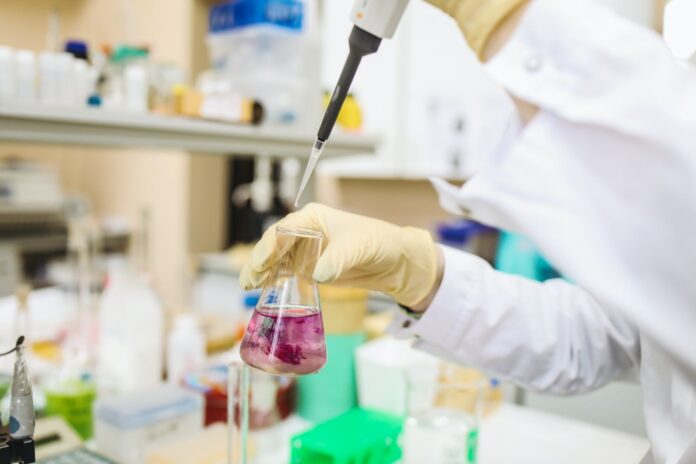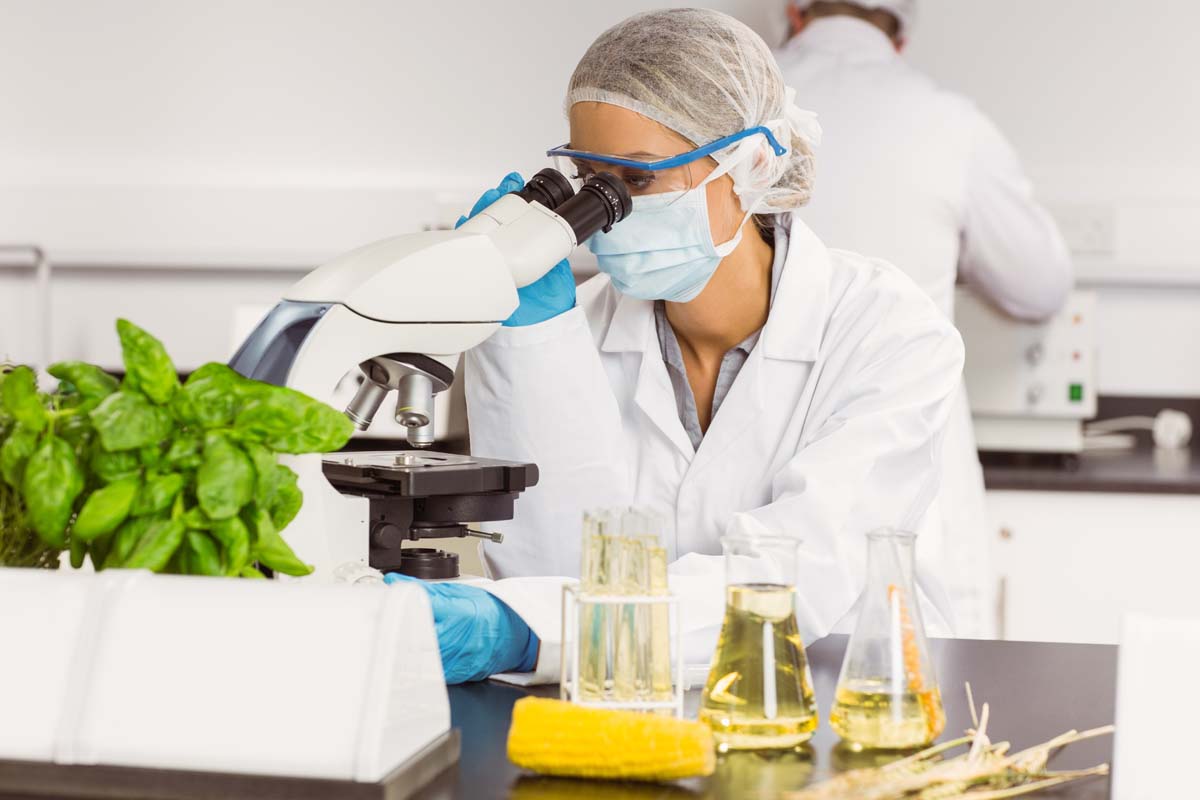Most of us don’t think about how specific food products got from the manufacturing plants to the shelves in a supermarket. But, those who want to learn more about this, they ended up on the shelves as a result of a process of creating and developing food products with the sole purpose of satisfying the growing consumer demands. This particular process is referred to as food product development and here are the steps involved in it:
Step 01: Developing The Idea + Prototype

Before any product is developed, there is an idea that has to be worked out. It’s most commonly done by a marketing team and then it’s transferred to the development team.
Analyzing the market, consumer trends, as well as needs, are some of the things considered during the initial step. Once the idea is crystal clear, the company starts working on a prototype, one that will show how the product will taste and look. This requires the help of an experienced culinologist that understands food science and that it capable of creating a desirable end product.
Step 02: Next Comes The Sensory Evaluation Process

When the first step is completed, the product needs to be sensory tested. What does this mean? Well, it means that the product needs to be tested in order to determine whether or not the taste, smell, look, and texture is good. This can be done by an in-house team of testers, however, if you don’t currently have one, don’t worry, there are various organizations that can help. For instance, opting for Wirral sensory services will help you get the feedback that you need, thus, you could modify and change the product until it reaches the standard you require.
Step 03: Pilot Testing + Sensory Modifications

Besides your product being tested by a team of people, it’ll also need to be tested on a larger scale, which is a process referred to as ‘pilot testing’. This is quite important since it’ll help you learn how the product will be used by different people, thus, you could make the sensory modifications needed. Once it’s tested on a larger scale, it has to be sensory modified, which basically means that the modification process will continue until you reach the specifications and requirements you need. It can be time-consuming, especially if there are a lot of things that have to be changed.
Step 04: Consumer Testing + Finishing The Product Specifications

Yes, getting the product tested by a team working for your organization is good, but it could end up being biased, which is why you’ll have to test it with consumers as well. Hence, your targeted audience needs to taste the food product you’re developing, and by doing so, they’ll provide you with the feedback you require. Once you have the feedback, you’ll finally be able to modify the product so that it can meet the requirements and needs of consumers. In some situations, the feedback might be quite good, meaning that you can finally market test and release your new food product.
Conclusion
Although most of us think that it’s quite simple to create and sell a new food product, it isn’t. In fact, it can be quite time-consuming and daunting, but all the steps we’ve mentioned are crucial, especially since they can ensure that your food product actually sells well. Since you now know what steps you might need to take, don’t lose time, instead, you might want to read all about the rules and regulations your country has on creating and selling food goods.







